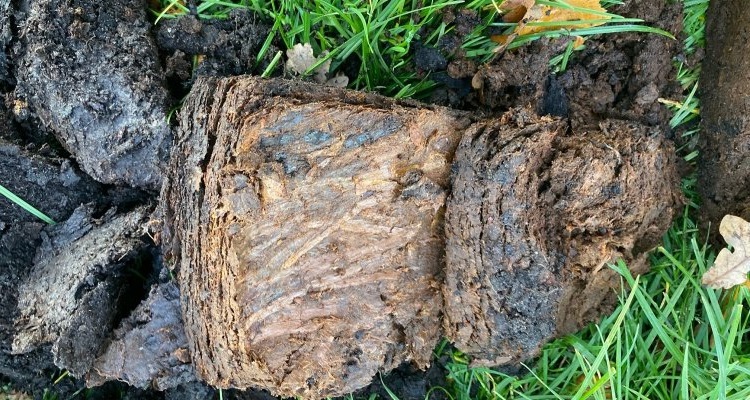
Characterization of peat and soil processes
A peat soil is composed of humified plant material. This wet, spongy material is formed from decayed vegetation and is preserved because it is saturated with water. There are different types of peat, depending on the position relative to the groundwater table, plant species and the nutrient content of the water in the peat. Peat layers vary in thickness from a few decimetres to several metres, and in places, the peat is covered by a layer of mineral soil. In some regions, peatland has largely disappeared due to excavation.
Peat is a dynamic substance: it swells when wetted and shrinks on drying out. As a result, the ground level can vary by a decimetre across the year. Under excessive drainage, the peat will oxidize and the land surface will permanently subside.
Wageningen University & Research creates maps of the occurrence of different types of peat. We investigate processes, hydrological responses and dynamics in peat soils.
Publicaties
-
Three-dimensional space and time mapping reveals soil organic matter decreases across anthropogenic landscapes in the Netherlands
-
Peat fires and the unknown risk of legacy metal and metalloid pollution
-
Upscaling peatland mapping with drone-derived imagery: impact of spatial resolution and vegetation characteristics
-
Operationalizing soil spectral libraries: a case study for soil carbon in peat soils of Switzerland
-
Less is more : Optimizing vegetation mapping in peatlands using unmanned aerial vehicles (UAVs)
-
Effects of Ca:Mg ratio and pH on soil chemical, physical and microbiological properties and grass N yield in drained peat soil
-
Microbial Activity of Technosols Based on Peat-Sand Mixtures in Different Climatic Zones
-
Can ash from smoldering fires increase peatland soil pH?
-
Determining frequency dependence of carbon turnover in peat using spectral induced polarization
-
High-resolution induced polarization imaging of biogeochemical carbon turnover hotspots in a peatland
